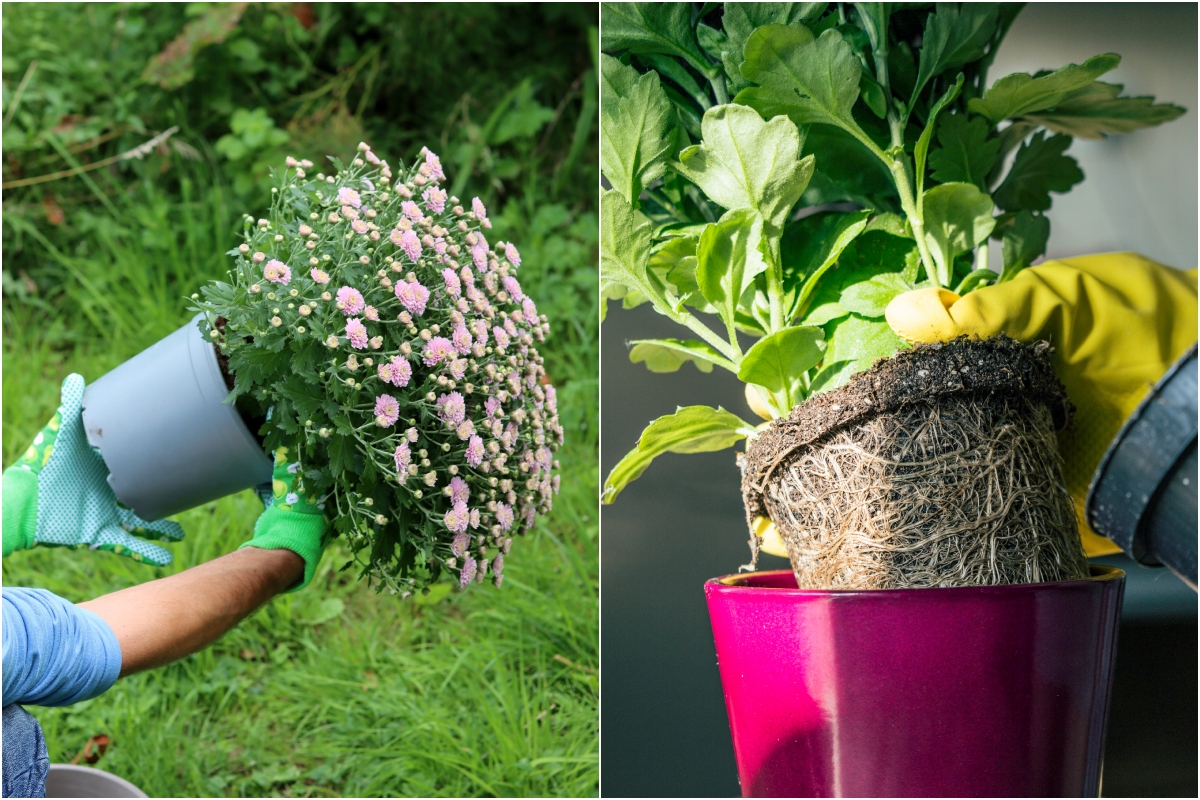
Strolling through local garden centers as the leaves begin to change, there is rarely a fall basket without a chrysanthemum playing peekaboo in a color display of orange and yellows.
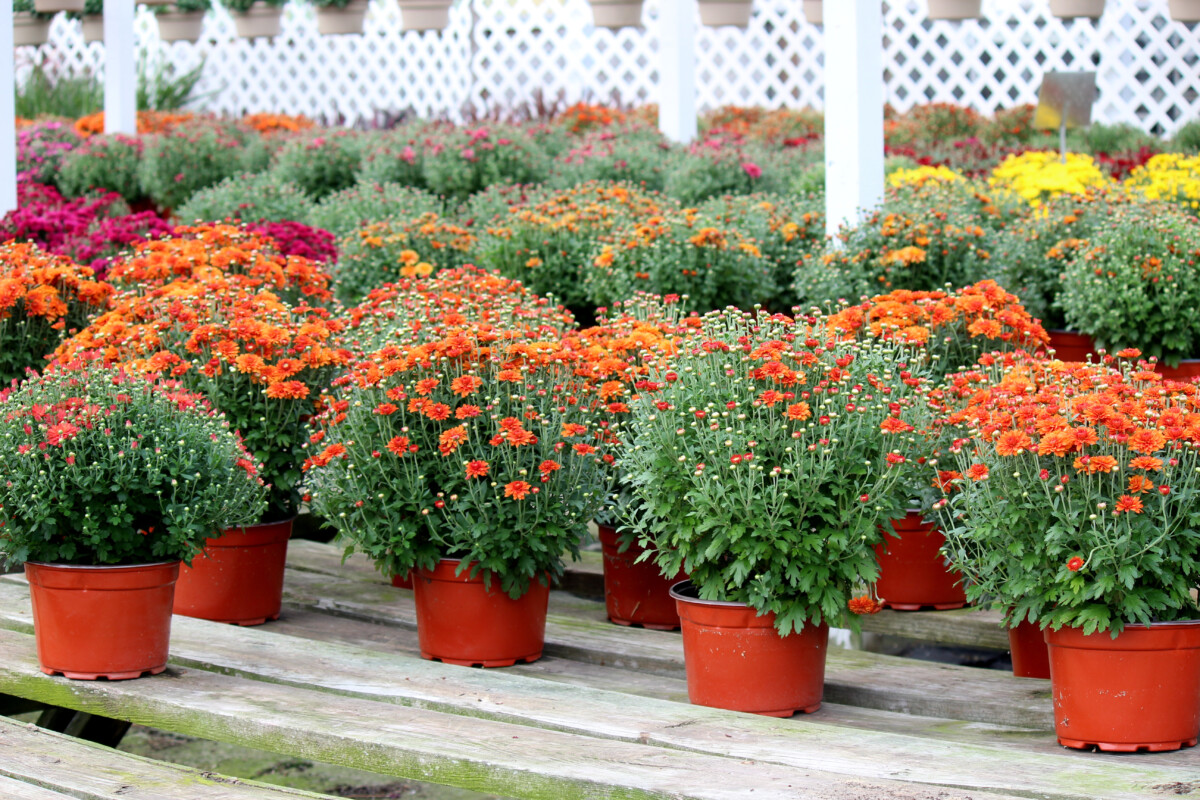
Mums are so common in the fall-inspired palette that you might be surprised to learn they come in various colors, like pinks, white, and even blue.
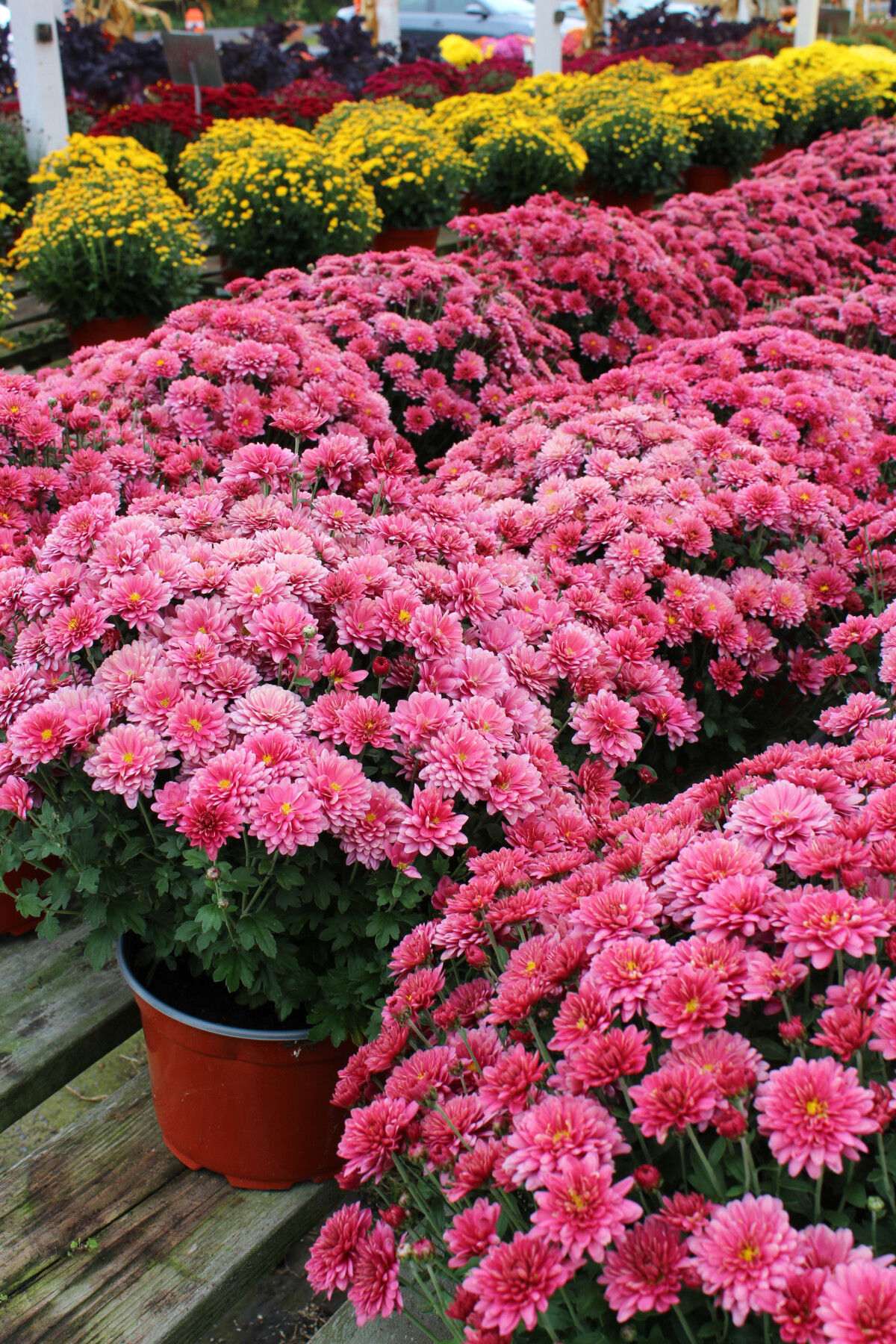
Whichever color or variety, the ultimate gardening goal is to extend the life of your chrysanthemum flowers for as long into winter as possible. Beyond extending the time your garden is in bloom, extended seasons assist bees and other pollinators when food becomes scarce.
Mull over these tips and tricks to extend your chrysanthemum blooms this year and learn how to protect them for an extravagant show next year and for many years beyond.
Care Tips For Indoor Mums
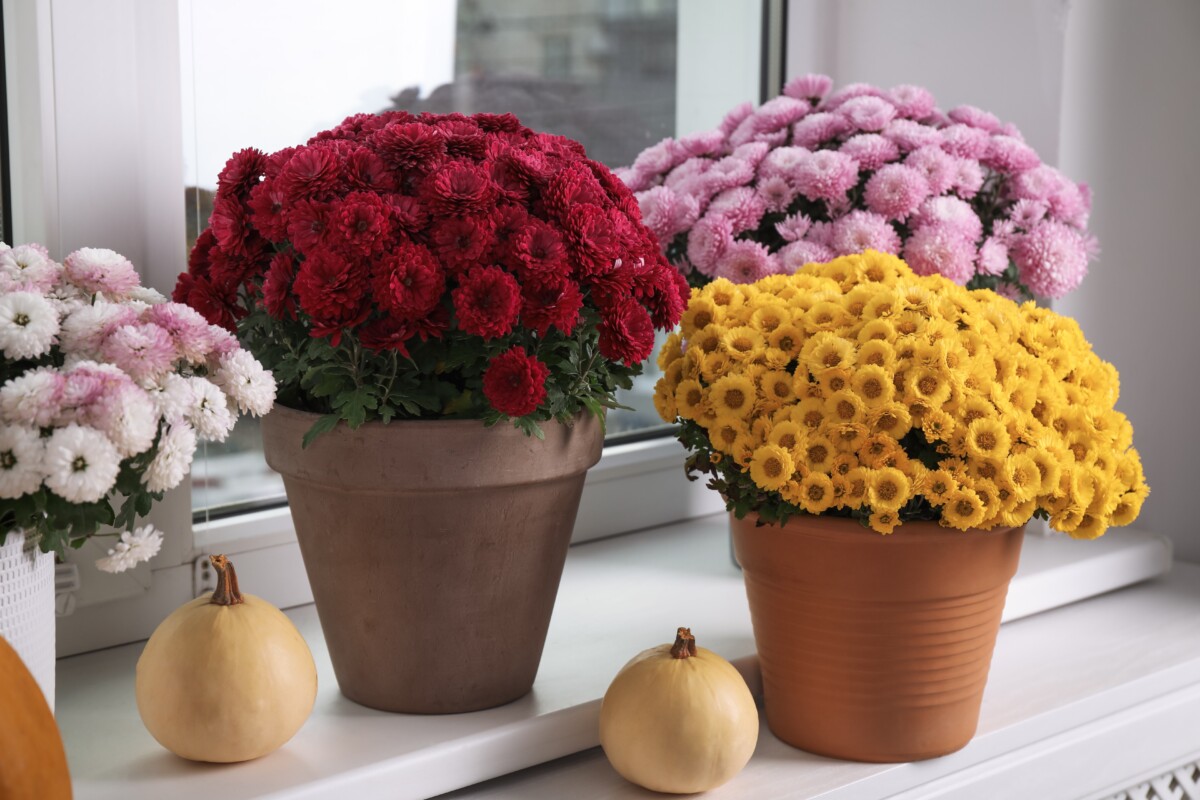
Potted mums have been around for centuries, beginning their blooms in China. Documents show the chrysanthemum was originally grown as a special herb, thought to contain the power of life.
While we can’t testify to it’s superpowers, potted mums can certainly brighten up an empty corner indoors.
If you’re caring for these super blooms indoors, here are a few steps to guarantee an extended bloom:
Repot
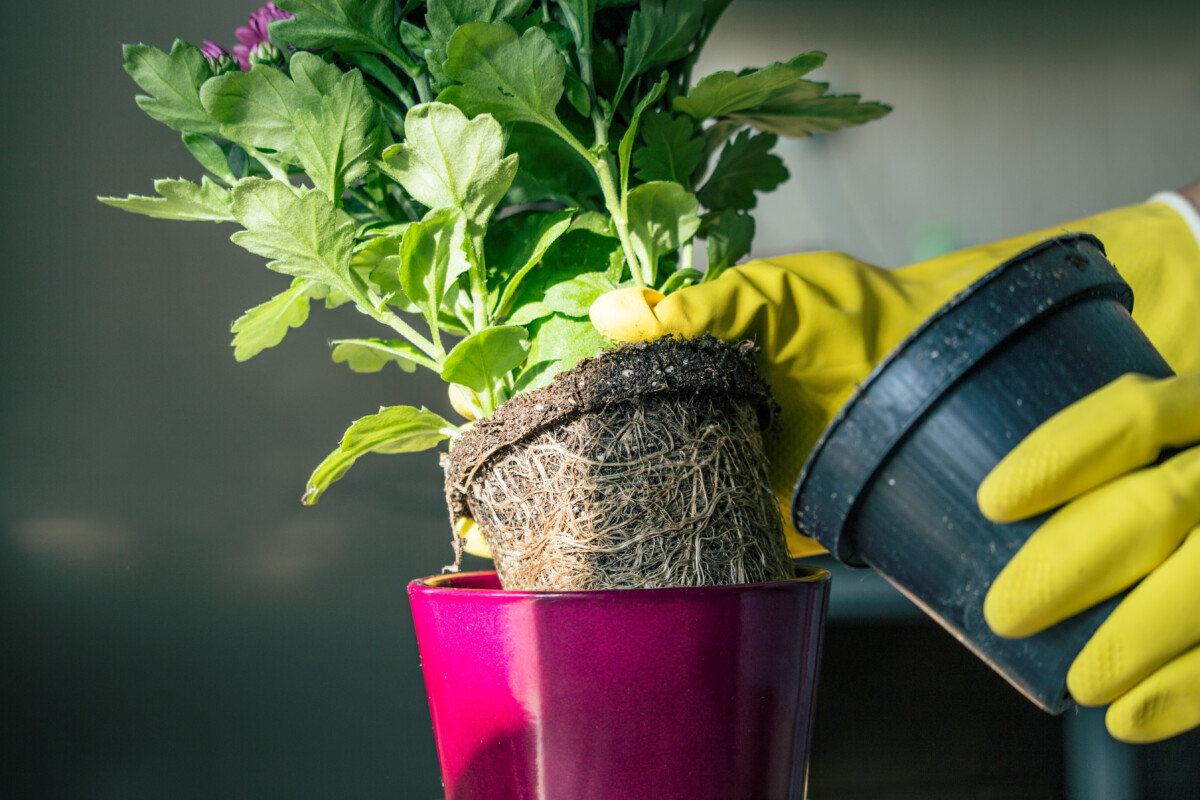
A pot overflowing with flowering mums sells much faster than one or two flowers; therefore, when you purchase your pot, the mums are often root-bound.
Repot your mums and give them a little added wiggle room with a bagged potting mix suitable for flowering plants.
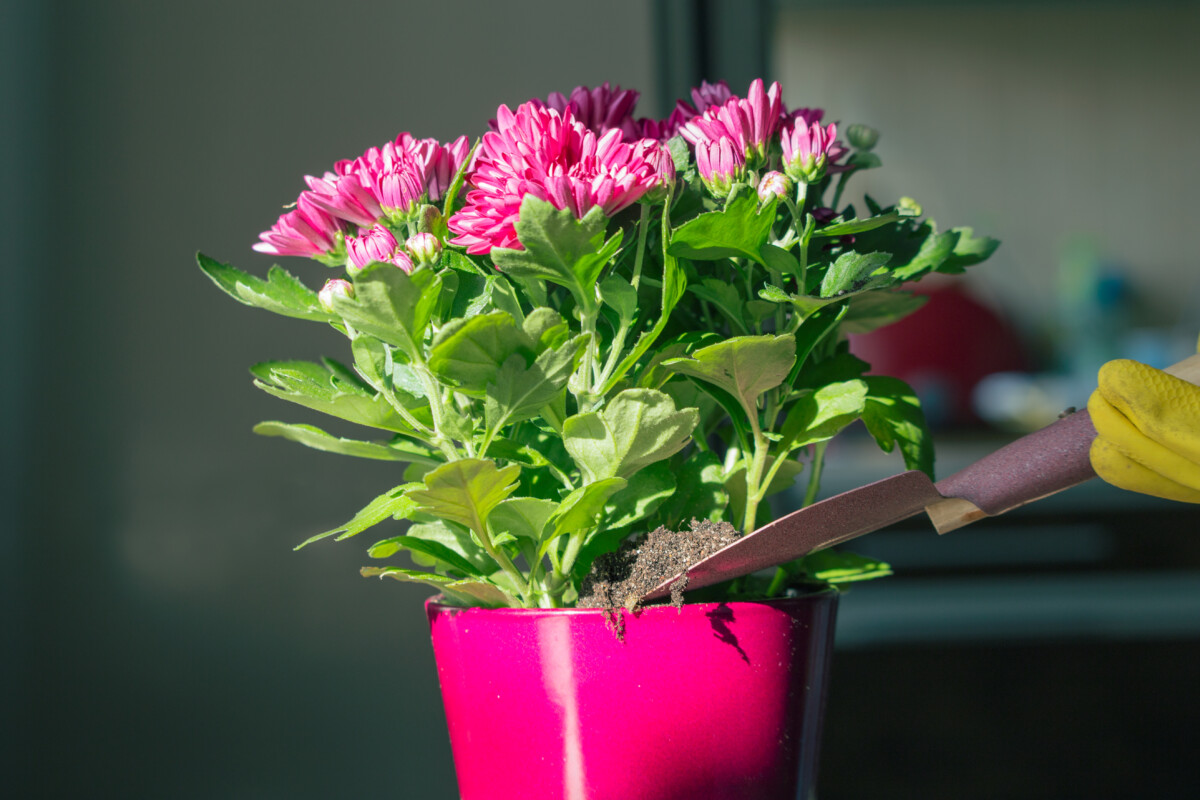
Water, but do not overwater.
Like any indoor (or outdoor) plant, chrysanthemums don’t enjoy sitting in water, but moist soil is fine.
Allow for adequate drainage and water below the leaves to avoid fungal growth.
Deadhead and remove any dead leaves.
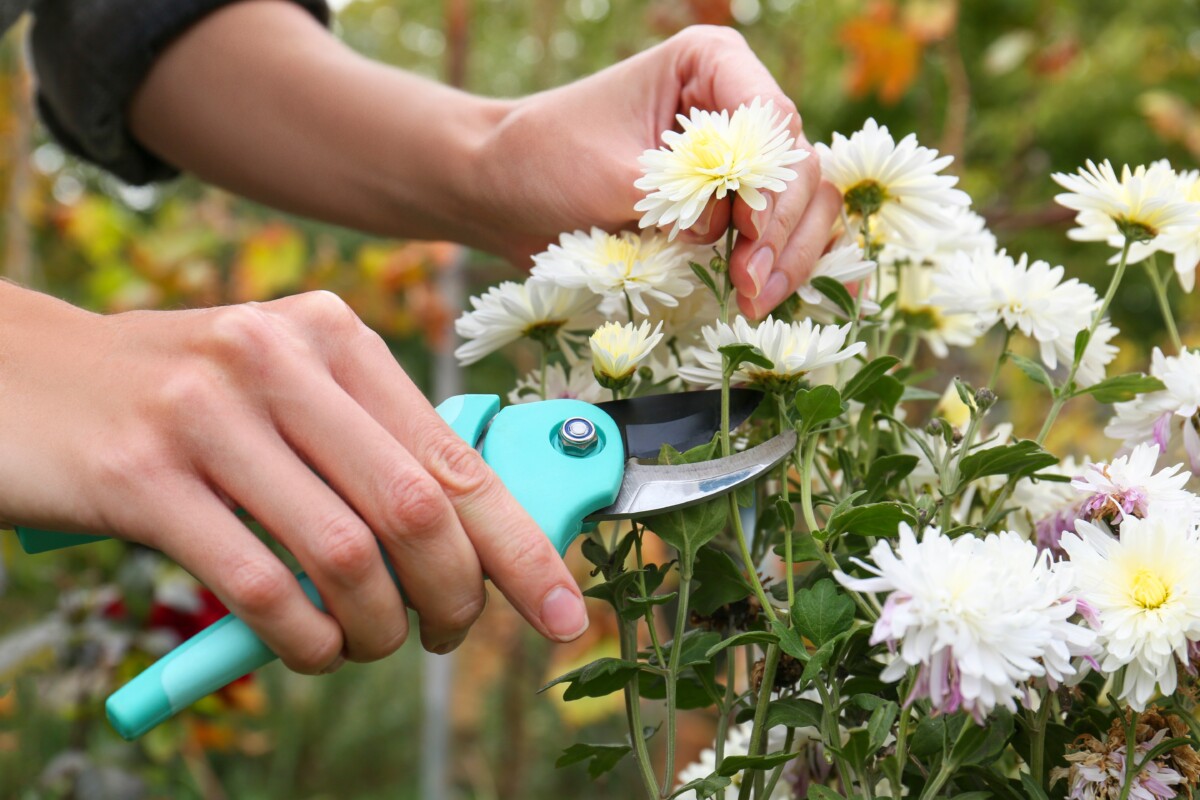
There are two benefits to this tidy-up practice for your chrysanthemums.
Removing all spent flowers allows the next bloom ample space to grow without being squeezed out.
Not only does deadheading make room for the next bud, but it also keeps your pot of mums looking fresh and tidy.
Place in a sunny window.
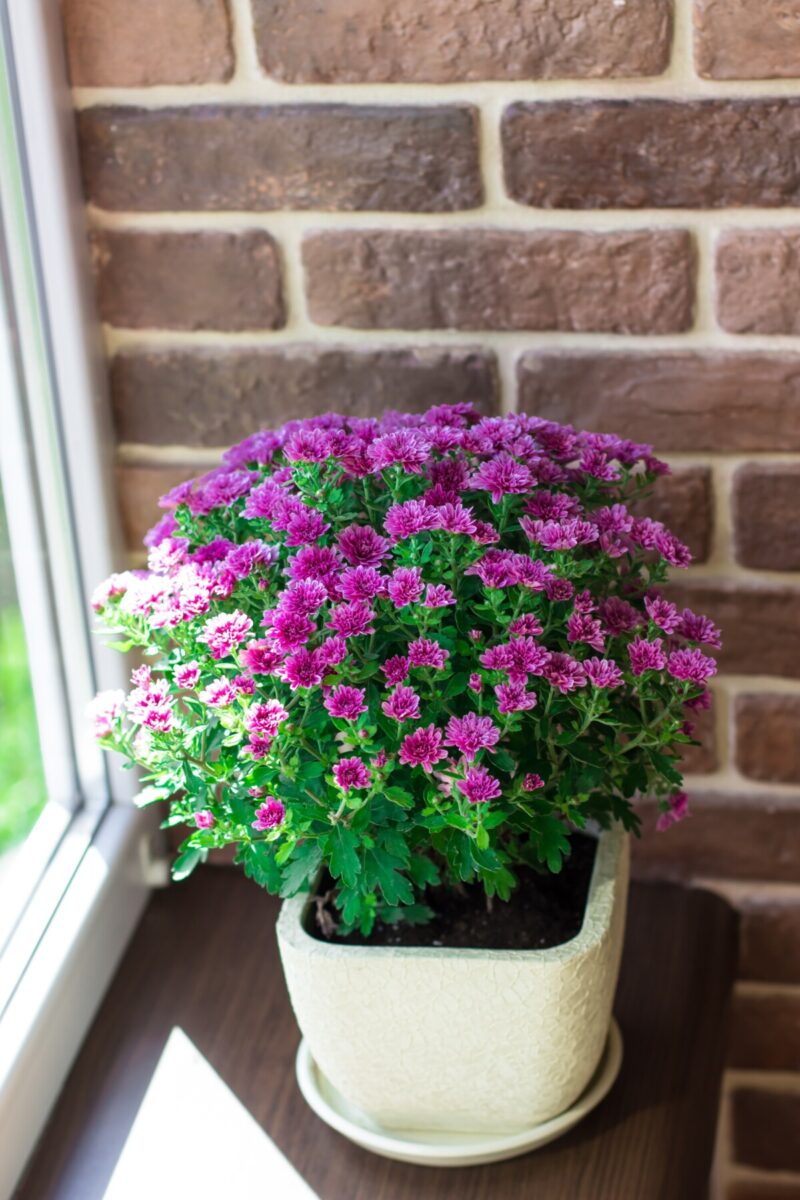
A mums flowering (indoor) lifespan is rather short, despite our best efforts to keep them blooming. But, a key factor to extending the bloom is to place your pot of mums beside a sunny window to mimic the sun they’d soak up outdoors.
Fertilize.
Chrysanthemums don’t require much extra care and usually cause you the least fuss indoors.
Some people fertilize if you’ve grown these from seed (the last application is approximately two weeks before bloom).
Pot outdoors after bloom.
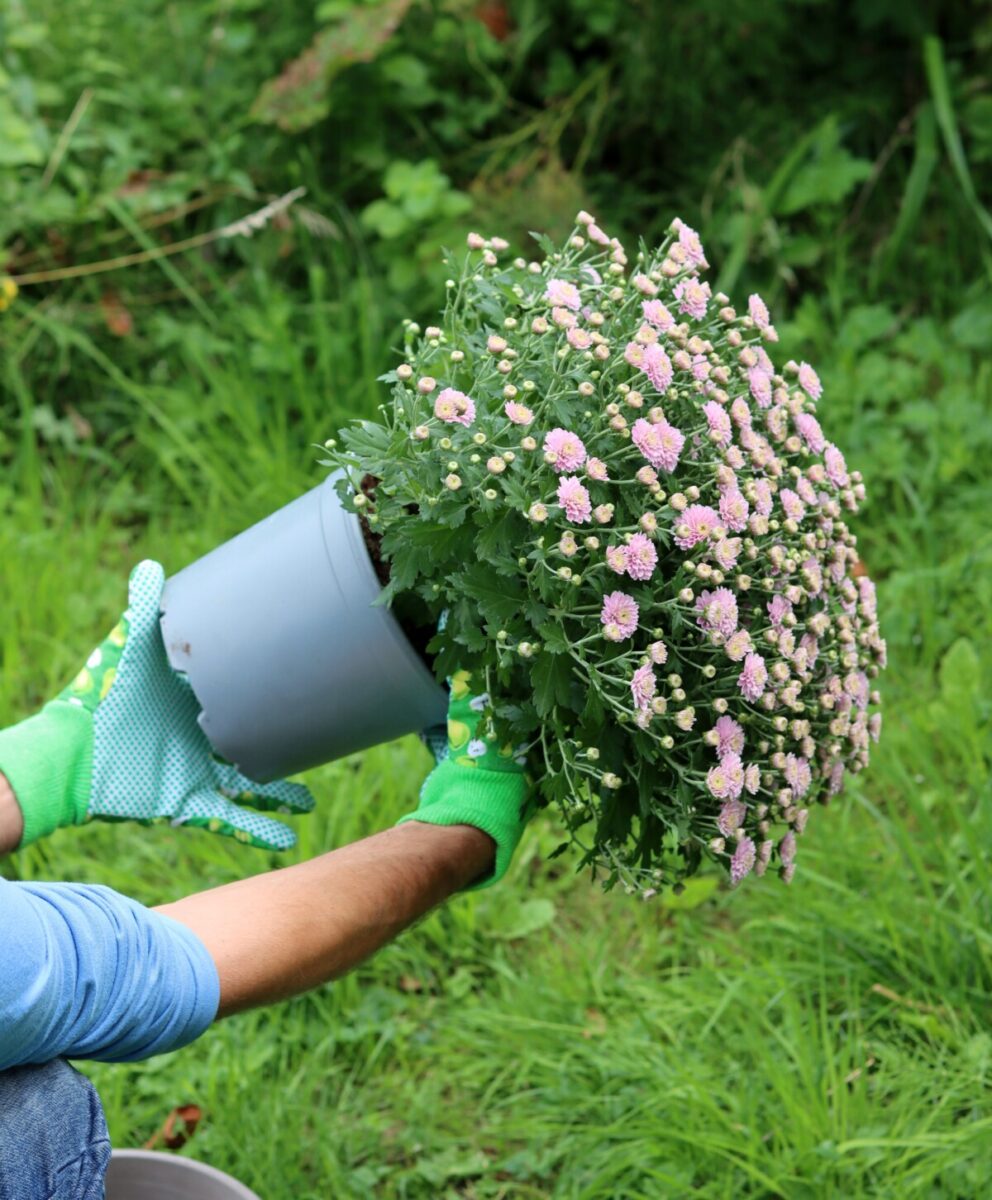
Chrysanthemums are bright and cheery during their peak bloom, with deep green leaves and stalks. However, after their blooms vanish, most people toss the plant in the compost as they aren’t likely to flower again indoors.
The classic mum thrives in zones 7 to 10 in India and China; however, that zoning isn’t usual in the northern hemisphere (though not unheard of).
If you’ve tried year after year to transplant your indoor blooms to the outdoor sun, never to be seen again, you’re not alone. Traditionally, it was tough among the sea of colors in your local greenhouse to determine which garden mums would weather the storm (literally) and which would not.
With the development of hardier varieties in the last few years, it is easier to select which mums will bloom indoors and then see the light of day again after winter.
Caring For Your Outdoor Mums
As mentioned above, a traditionally fair-weather-loving plant, the chrysanthemum doesn’t enjoy frigid winters. However, with these tested methods, your mum might just surprise you!
When to plant:
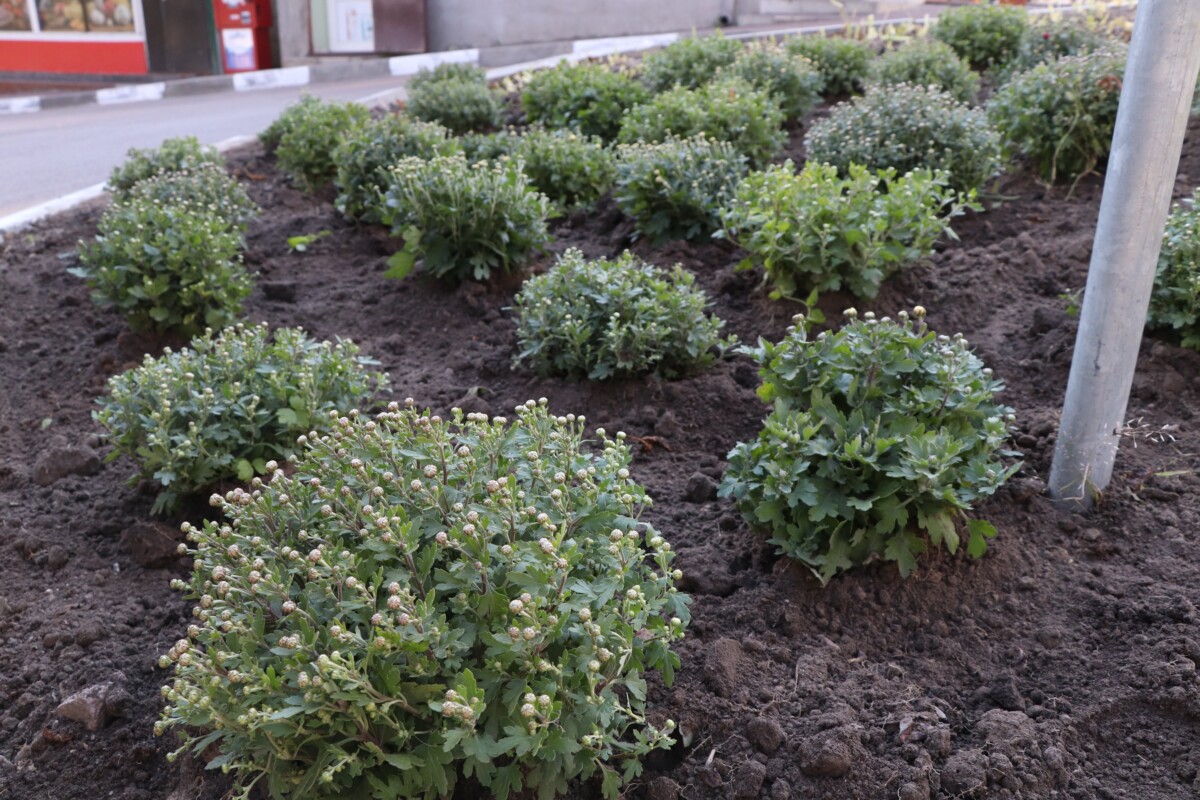
While mums normally hit the shelves in late summer and early fall, spring is actually the best time to plant mums in the ground. This allows them some time to develop a strong root structure that can help them survive the harsh conditions of winter.
Where to plant:
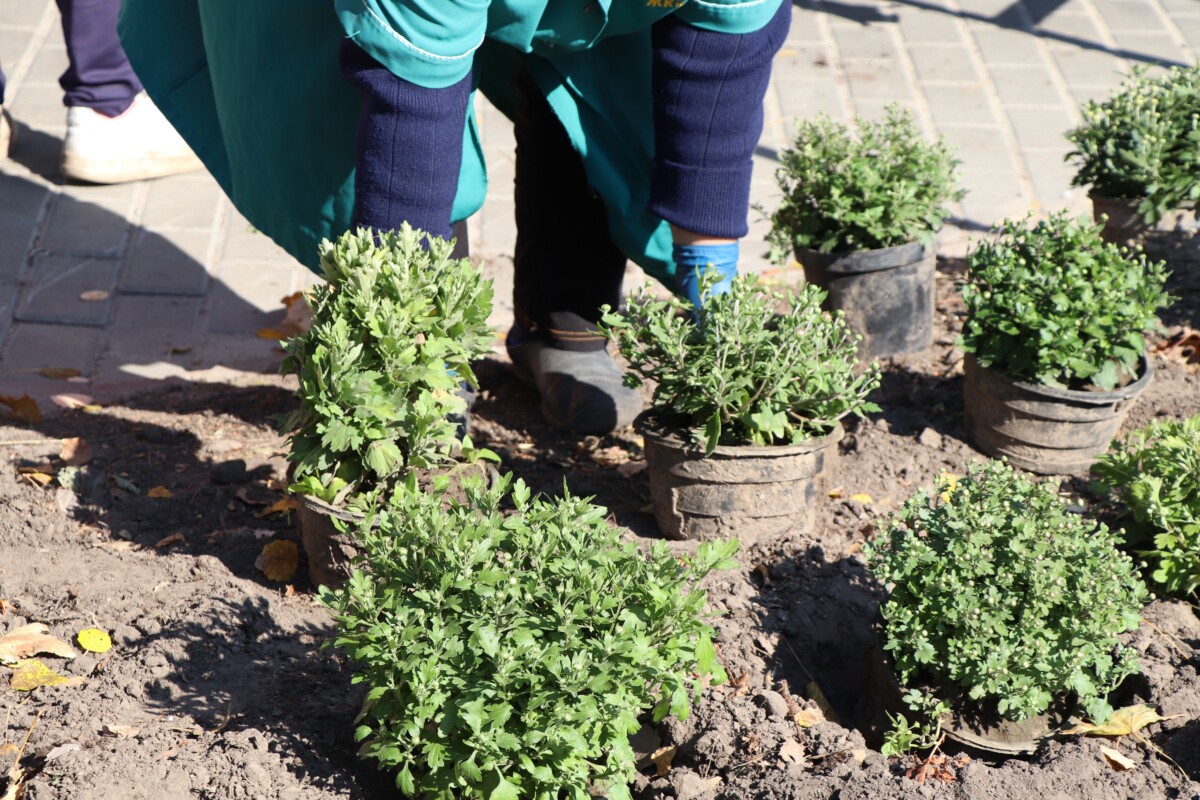
Despite their compact nature, mums require room to grow (specifically for their roots). I typically leave 18-24 inches, depending on what they’ll be planted beside.
Deadheading in the great outdoors.
Like your indoor mums, your outdoor flowers will appreciate regular maintenance and removal of dead or dying leaves, heads, and debris.
Remove weeds.
Due to their shallow root system, chrysanthemums struggle to compete with weeds, vying for extra water or sunshine.
I typically lightly mulch around the base of the plant to reduce weeds and limit a weeds ability to mingle with the mums’ root system. As early as possible, gently remove any stubborn weeds, not disturbing the mums’ roots.
Pruning in the Fall.
In short, don’t do it. The stalk and leaves catch falling snow and insulate the root base.
Preparing chrysanthemums for winter
Congratulations if you’ve followed all the steps above and enjoyed prolonged blooms on your well-established plant!
To have repeat success, mulching your chrysanthemums can help keep the frost at bay until spring.
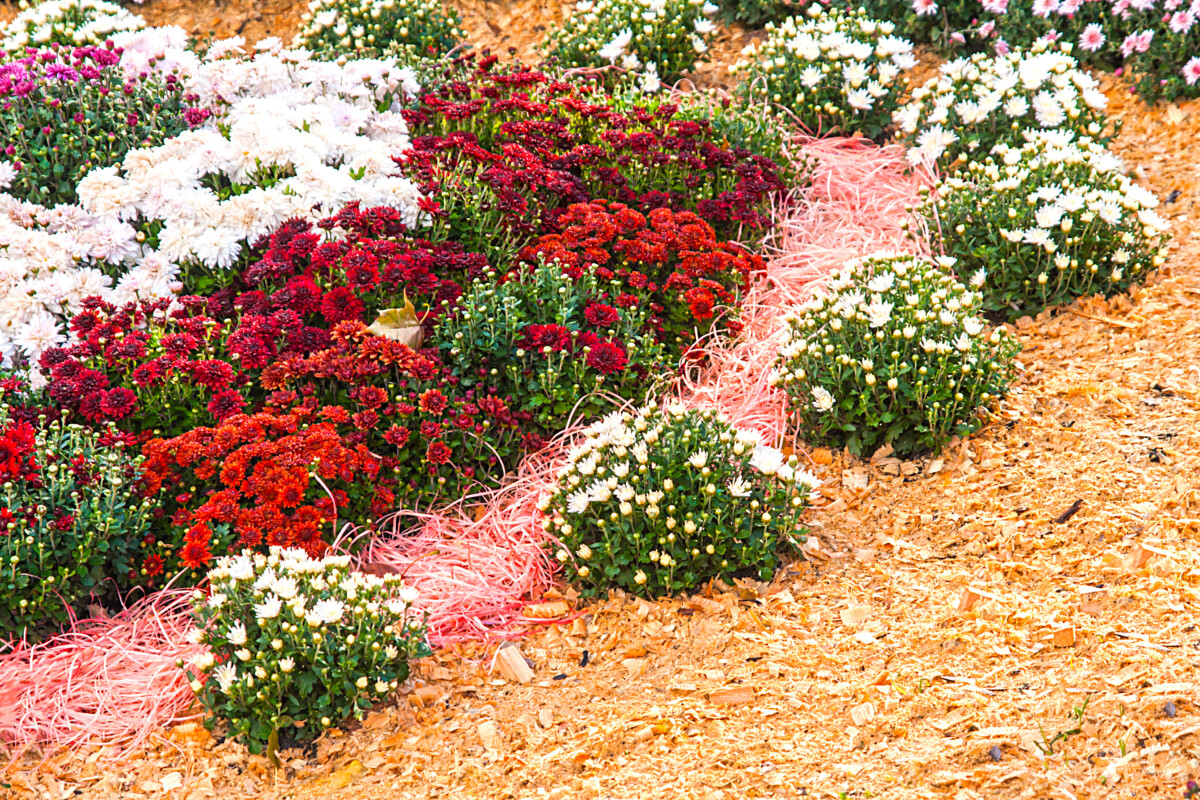
Mulch your mums using clean straw, pine needles, evergreen branches, or bark. I prefer a few inches of straw, with pine needles mixed throughout, as it doesn’t mat down during the winter and smother the burgeoning blooms come Spring.
Trim any signs of frostbite in the spring; your mums will regenerate.
Mums can benefit from being divided every 2 to 3 years, though the hardier varieties seem to require less separation.
Whether you’re enjoying a pot full of fall colored chrysanthemums or an outdoor display of bright, compact flowers, the want to extend their life is experienced by indoor and outdoor gardeners alike!
With a little TLC, your bright blooms can last a little longer into the fall – and for years to come if you overwinter them properly.

